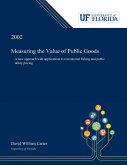Abstract: This study used a commodity subsector analysis to detail the U.S. cut flower industry. Industry conduct, structure and performance were evaluated in an attempt to discern where the industry is at present and to suggest options for future direction. Ways in which conduct and performance could be improved were outlined, and present and potential problems of the industry were explored. Following a review of the literature on the commodity subsector analysis methodology, the horticultural characteristics of various cut flower species, as they may affect the marketing of product, were described. Supply considerations were then addressed. Trends have been for fewer domestic growers, each responsible for greater production, and for U.S. supply increasingly becoming partly the responsibility of foreign operators. Colombia accounted for 90 percent of U.S. cut flower imports in 1980; the Dutch and the Israelis are both contributing greater volumes as well. Consumption patterns were reviewed. Traditional retail florists account for 90 percent of sales dollars, but mass marketers are gaining in importance. Chief occasions for consumption remain funerals and holidays. An analysis of the retail demand for cut flower arrangements suggested an inelastic demand was operating. Due to the assumed inelastic nature of cut flower supply, flexibilities were used in the study of wholesale demand for particular species; inflexible price coefficients were generally found. An examination of commodity price patterns showed prices to peak near holidays; summer months typically account for the price lows. Market channels for the 30,000 retail florists, 2,000 wholesalers, 3,900 flower farms and other less traditional marketers were delineated. Growers appear to be more concentrated than other groups. Vertical integration is prevalent, as many firms attempt to bypass established middlemen. Subsector behavior and performance were analyzed. Pricing, value added, profits, product loss, the accuracy with which supply offerings match demand preferences, risk, the competitive environment, conflict and issues causing change were among the topics discussed. The dissertation concluded with an outlook toward the future characteristics of the subsector, given its pattern of evolution, and a discussion of the present and potential problem areas in the industry. Dissertation Discovery Company and University of Florida are dedicated to making scholarly works more discoverable and accessible throughout the world. This dissertation, "A Commodity Subsector Analysis of the U.S. Cut Flower Industry" by Marvin Neal Miller, was obtained from University of Florida and is being sold with permission from the author. A digital copy of this work may also be found in the university's institutional repository, IR@UF. The content of this dissertation has not been altered in any way. We have altered the formatting in order to facilitate the ease of printing and reading of the dissertation.
Bitte wählen Sie Ihr Anliegen aus.
Rechnungen
Retourenschein anfordern
Bestellstatus
Storno

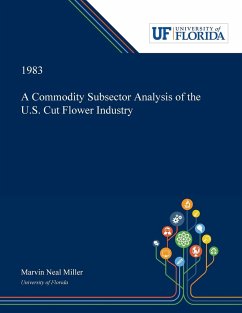


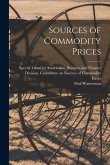
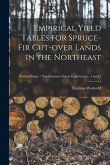
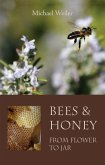
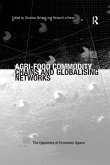
![Forest Regeneration on Certain Cut-over Pulpwood Lands in Quebec [microform] Forest Regeneration on Certain Cut-over Pulpwood Lands in Quebec [microform]](https://bilder.buecher.de/produkte/65/65578/65578109m.jpg)
